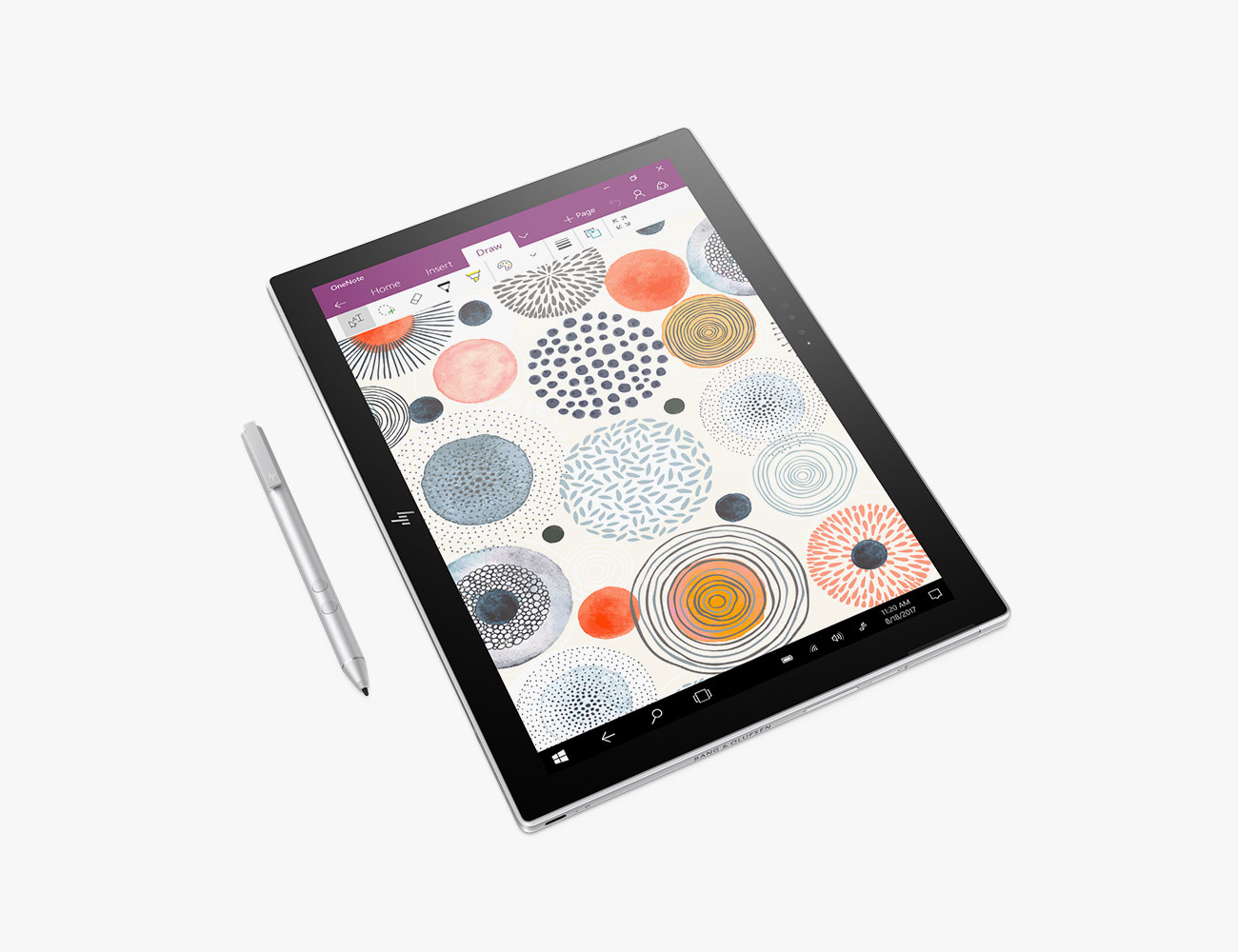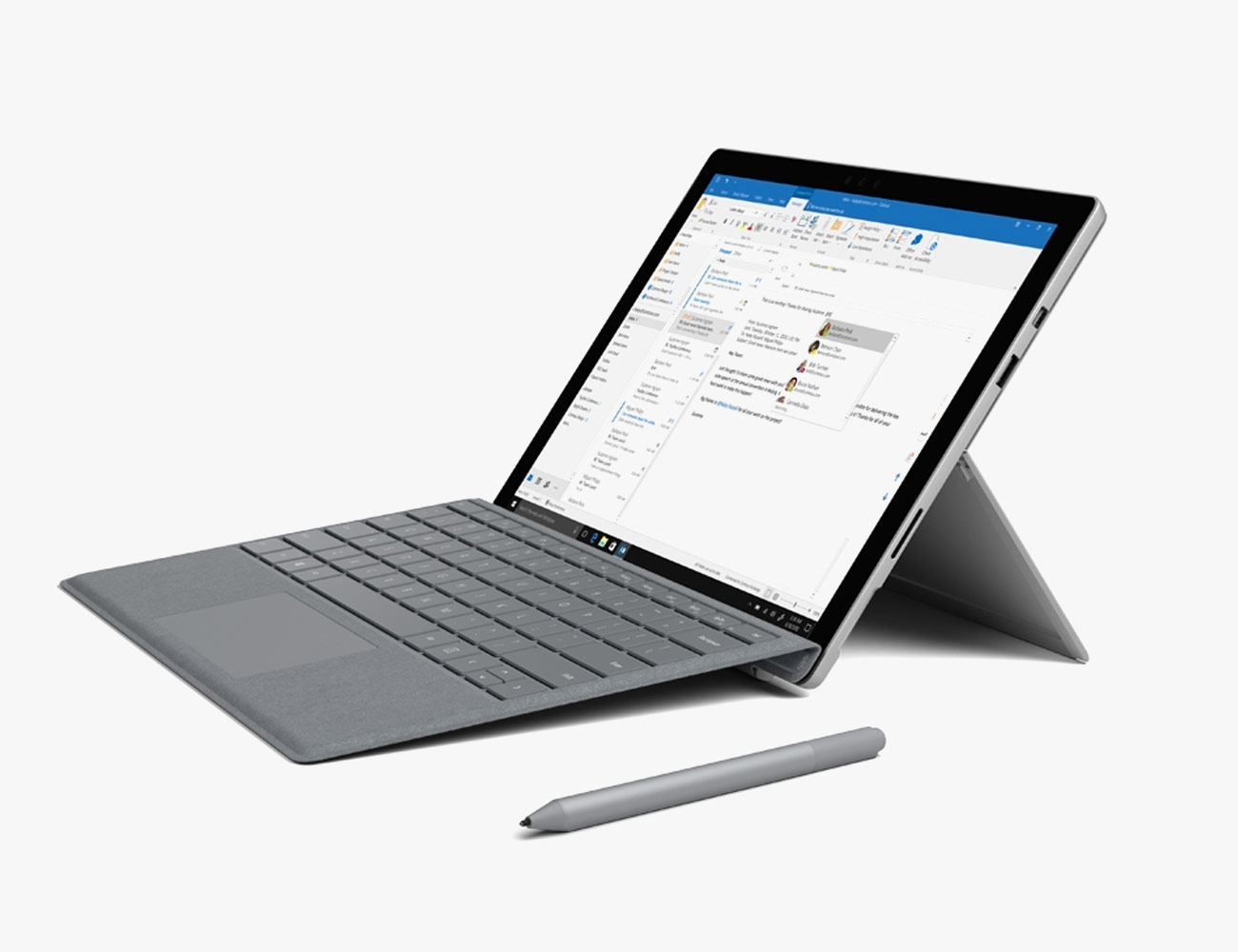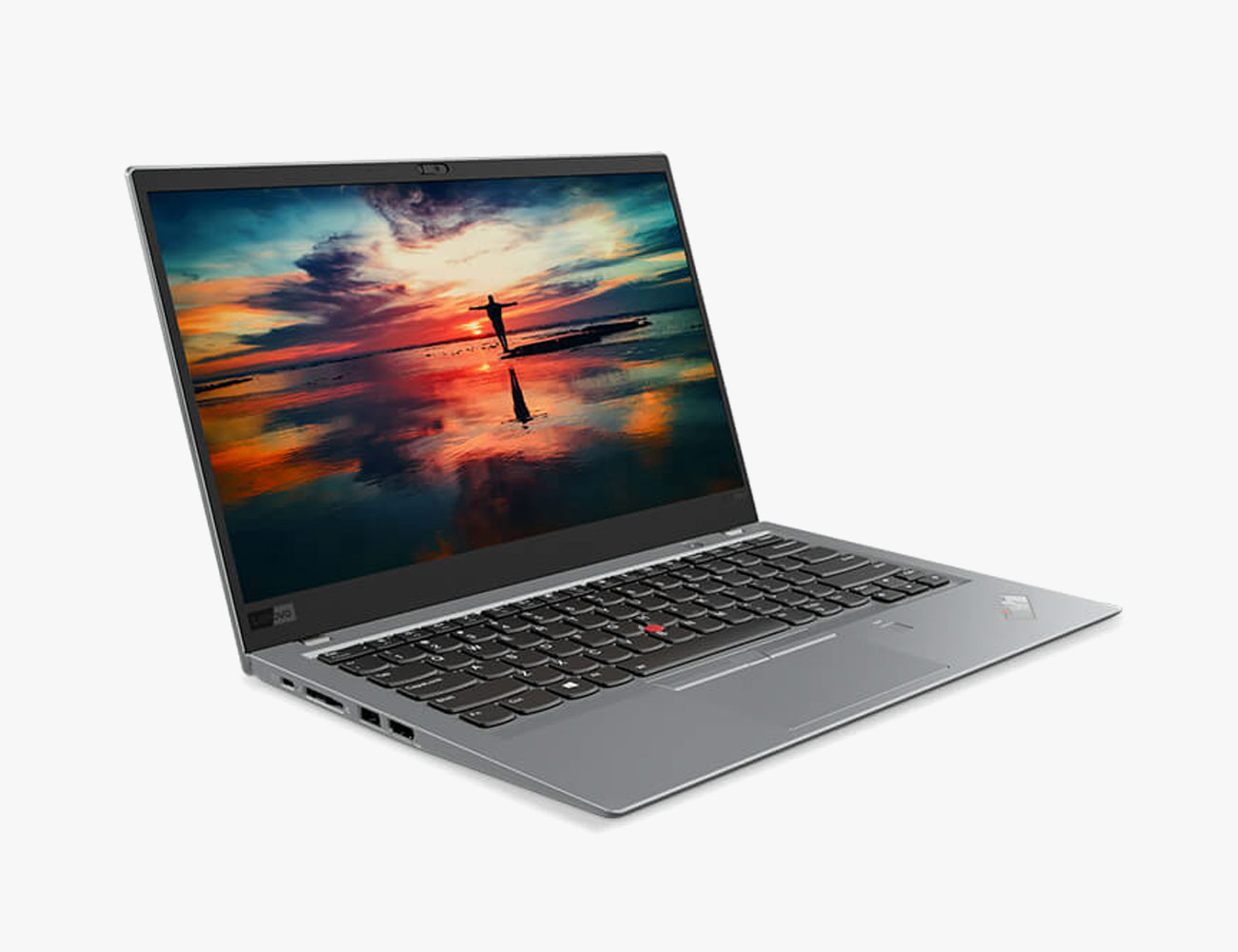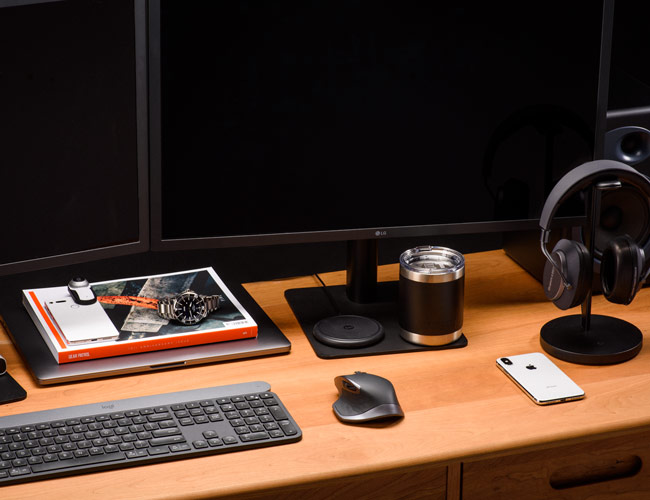In 2018 we use smartphones and laptops in surprisingly similar ways. Browsing the internet, checking emails, watching videos and evening answering texts or calls — both devices can now do all these things. That’s largely a testament to the leaps and bounds that smartphones have come: today’s Androids and iPhones have incredibly capable processors, fast networking speeds, huge screens and enough battery life to last all day. The one huge advantage that smartphones have, though, is they can access the internet or get cellular data service pretty much anywhere, be it at the park, in the car or in the middle of the ocean. Laptops, for the most part, are still largely dependent on wifi.
That’s not to say there haven’t been any LTE-equipped laptops available in recent times; it’s just been that up to this point, they’ve have been mainly reserved for businesses to use. This was due to the fact that most consumers didn’t want to pay for the extra connectivity. If worse came to worst, it’s been easy enough for consumers to tether to their phones’ hotspots. However, a number of PC manufacturers — including Asus, Microsoft, Lenovo, Samsung and Dell — have recently committed to making Windows 10 laptops with optional built-in LTE. Apple has been the outlier, however, having yet to release a MacBook or MacBook Pro with LTE, and most industry folks don’t believe it’s likely to anytime soon. (However, you can already buy an iPad Pro with LTE.)
You’re likely to see a big push for LTE-enabled laptops in 2018. The big news came this past December when Qualcomm announced that it would be integrating its Snapdragon 835 processor — the same processor found in the Samsung Galaxy S8/S8+ and Galaxy Note8 — in a number of what the company called “Always Connected PCs.” The first of these two computers will be the HP Envy x2 and the Asus NovaGo. Their main selling point is that they’ll just as good connectivity as a smartphone in addition to a really good (20+ hour) battery life. The downside of these smartphone chips is processing power. If you were looking for something a touch more powerful, though, there are options, including Microsoft’s soon-to-be-released Surface Pro LTE, which is an LTE-enabled model of its Surface Pro 2-in-1 laptop.
Naturally, if you’re adding another device to your cellular plan, like an LTE-equipped laptop, it’s going to be an extra expense; more than likely, it’ll cost you an extra $10 or $20 per month, depending on use and your cellular provider. To make up for that fact, these “Always Connected PCs” are likely to be more affordable overall in order to encourage purchases. It’s also likely that cellular providers will offer deals for connected PCs, too, the same way they do for smartwatches with LTE.
For those of you still thinking “I don’t need a laptop with LTE,” you’re probably right, but these mobile computers do come with some real advantages. If you’re somebody who normally tethers your laptop with your phone, for example, you’ll know this drastically drains your phone’s battery. A laptop with LTE won’t do that, obviously, and will actually have a much stronger connection, since their physical antennas will be relatively large and will connect directly (as opposed to tethering to your cell phone middleman). You wouldn’t have to worry about connecting to the shoddy wifi at a coffee shop or library; instead, you could just pop-a-squat anywhere you normally get service, open your laptop and boom — there’s the internet.
Below you’ll find three great laptops with built-in LTE that are available now or will be very shortly. Which one is right for you?
The Entry Level: HP Envy x2
The Envy x2 is HP’s first LTE laptop with Qualcomm’s Snapdragon 835 processor. It’s a 2-in-1 covertible laptop — yes, its keyboard comes bundled with the purchase — that weighs just over 1.5 pounds. It runs on a Windows 10 S operating system, meaning it’s just designed to run apps that have been downloaded from the Windows Store, but you’ll be able to download Windows 10 Pro in the future. The Envy x2 will be available in Spring 2018. No pricing has been announced, although we expect it to fall around the $600 mark.
The Convertible: Microsoft Surface Pro LTE
This is essentially the same 2-in-1 laptop as the Surface Pro that Microsoft announced in the summer of 2017. It has a great battery life, vivid touchscreen display and, if you pay extra, comes with a number of accessories, like a stylus pen, keyboard and Surface Dial. If there’s a powerful LTE laptop for creatives, this is it.
The Laptop: Lenovo ThinkPad X1 Carbon (6th-gen)
Part of Lenovo’s well-loved ThinkPad line of laptops, the X1 Carbon is powerful, running an Intel Core-i7 processor. It’s lightweight, too, weighing in a less than 2.5 pounds. It can run the latest Windows 10 or Windows 10 Pro operating system and has a beautiful 2560 x 1440 display. Additionally, it has a number of other things going for it: a great graphics card, 15 hours of battery life and a number of ports (two Thunderbolt 3, two USB 3.0), so you can hook up any of your devices. If there’s a negative, it’s that it starts at just over $1,500.
Do you prefer working from a laptop or desktop? Either way, we’ve got you covered. Read the Story




